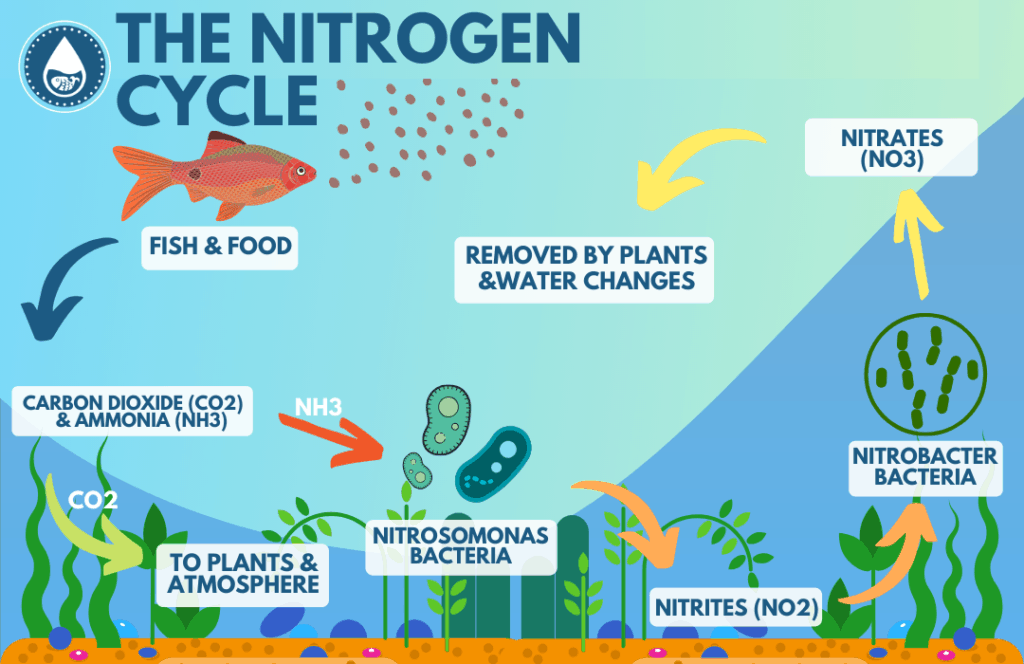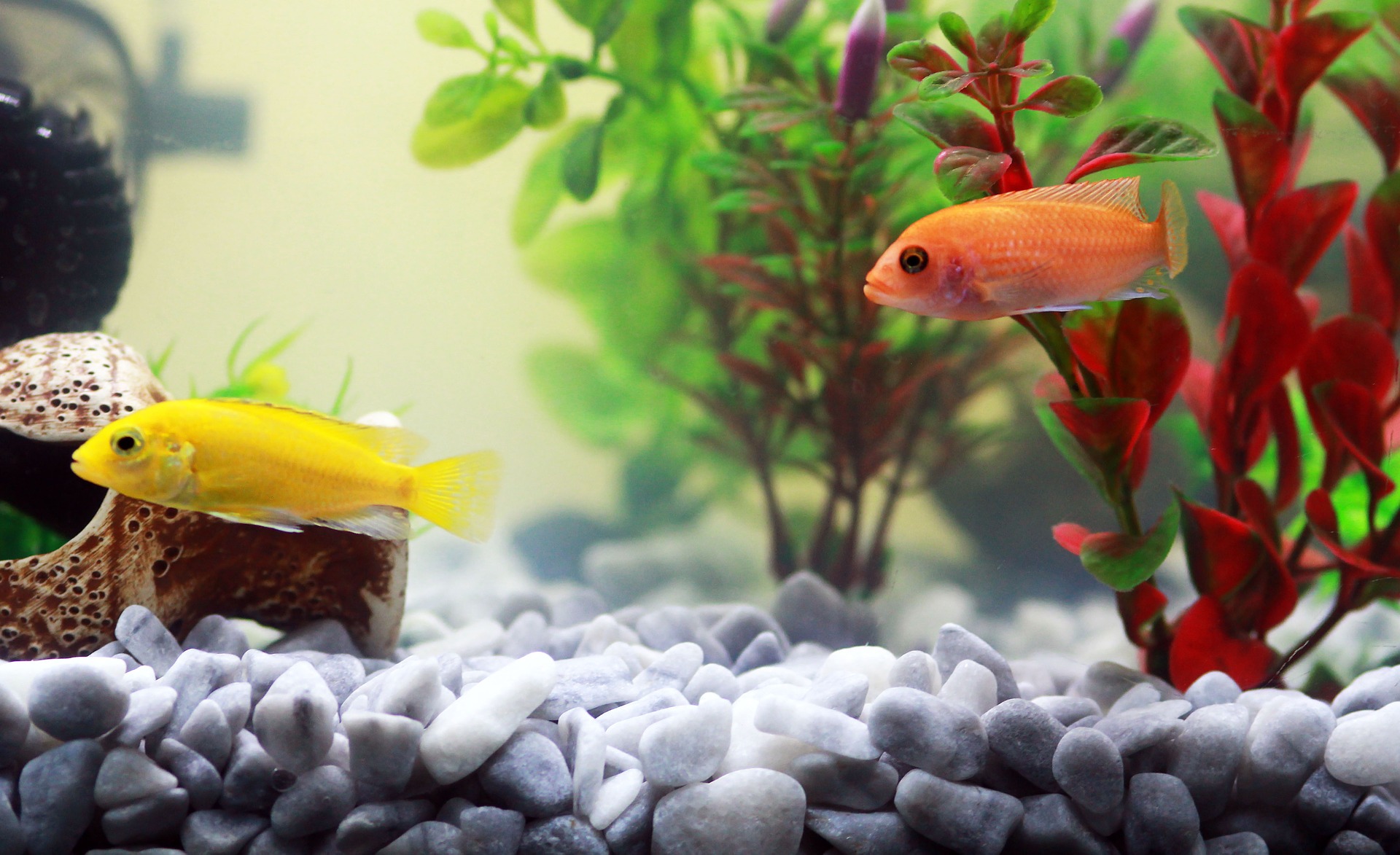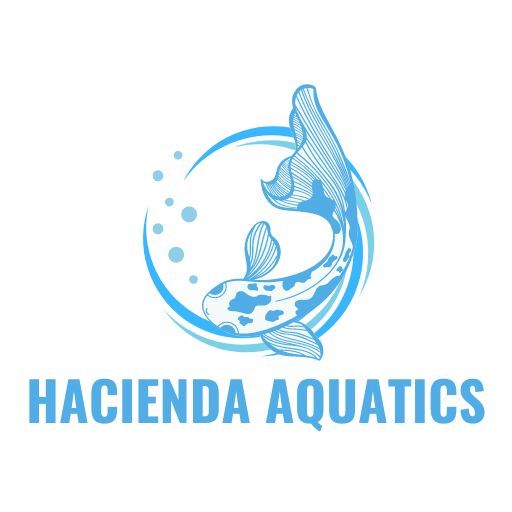Aquatic Knowledge
How to Decrease Ammonia in Aquarium tips for a Healthy Tank
Maintaining a healthy aquarium involves monitoring various water parameters, and ammonia is one of the most critical factors to keep in check. High levels of ammonia can be deadly to your fish, causing stress, illness, and even death. In this comprehensive guide, we’ll explore how to decrease ammonia in aquarium and ensure a safe environment for your aquatic pets.
Understanding Ammonia in Aquariums

Ammonia is a toxic compound that naturally forms in aquariums through the breakdown of fish waste, uneaten food, and decaying plant matter. It’s the first stage of the nitrogen cycle, which is crucial for maintaining a balanced ecosystem in your tank. However, when ammonia levels get too high, it can have devastating effects on your fish.
Fish exposed to high ammonia levels often exhibit signs of distress such as gasping at the surface, lethargy, and erratic swimming. Additionally, you may notice that the water in your aquarium appears cloudy or has a strong, unpleasant odor.
How to Test Ammonia Levels in Your Aquarium
Before you can effectively reduce ammonia levels in your aquarium, it’s crucial to know how to measure them accurately. Testing ammonia levels is an essential part of maintaining a healthy aquatic environment. Here’s how you can do it and what to look out for.
Using Ammonia Test Kits: A Simple and Effective Method
One of the most straightforward ways to test ammonia levels in your aquarium is by using an ammonia test kit. These kits are readily available at pet stores and online, and they’re designed to be user-friendly, even for beginners. Here’s a step-by-step guide on how to use them:
- Take a Water Sample: Start by taking a small water sample from your aquarium. Most test kits come with a test tube or container for this purpose. Make sure the sample is free of debris and is taken from the middle of the tank, not too close to the surface or substrate.
- Add the Reagent: The test kit will include a reagent—usually in liquid form—that you’ll add to the water sample. Follow the instructions on the kit regarding the number of drops to use. After adding the reagent, the water will change color based on the ammonia level in your tank.
- Compare the Color: Once the color change has occurred (usually within a few minutes), compare the color of the water sample to the color chart provided with the test kit. Each color corresponds to a specific ammonia concentration, typically measured in parts per million (ppm).
Ideal Ammonia Levels: What You’re Aiming For
In a healthy aquarium, ammonia levels should be at 0 ppm. Ammonia is highly toxic to fish, even in small amounts, so any detectable level indicates a problem that needs immediate attention.
Interpreting Test Results: What the Numbers Mean
If your test results show that ammonia levels are above 0 ppm, it’s crucial to act quickly. Here’s what different ammonia levels mean:
- 0 ppm: This is the ideal, indicating that your tank is well-maintained and safe for your fish.
- 0.25 ppm – 0.5 ppm: Even at these low levels, ammonia can stress your fish and cause long-term damage to their gills. Immediate action is necessary to bring the levels down.
- Above 0.5 ppm: Levels this high are dangerous and can be lethal to your fish if not addressed promptly. You should take steps to reduce ammonia as soon as possible, such as performing a water change, improving filtration, or adding ammonia-neutralizing products.
Taking Action: What to Do if Ammonia Levels Are High
If your ammonia test results indicate a problem, it’s essential to take corrective measures immediately. Regular monitoring with a reliable test kit will help you keep ammonia levels in check and ensure a healthy, thriving aquarium environment for your fish.
How to Decrease Ammonia in Aquarium: Effective Strategies

Perform Regular Water Changes
One of the most effective ways to decrease ammonia in aquarium is through regular water changes.
Why Water Changes Help
- Ammonia Removal: Water changes help dilute the ammonia concentration in your tank, removing it along with the old water.
- Frequency and Amount: Aim to change 25-50% of the water weekly, depending on the ammonia levels and the number of fish in your tank.
How to Perform a Proper Water Change
- Use a Gravel Vacuum: A gravel vacuum helps remove debris and waste from the substrate, which can contribute to ammonia levels.
- Dechlorinate New Water: Always treat the new water with a dechlorinator before adding it to your tank, as chlorine can harm beneficial bacteria that help break down ammonia.
Introduce Beneficial Bacteria
Beneficial bacteria are your best allies in controlling ammonia levels. These microorganisms convert toxic ammonia into less harmful nitrites and eventually into nitrates.
How to Boost Beneficial Bacteria
- Use Bacterial Supplements: You can add bacterial supplements to your tank to kickstart or boost the bacterial population.
- Establish a Biological Filter: Biological filters provide a surface for bacteria to colonize, making them essential for any healthy aquarium.
Cycling Your Aquarium
- The Nitrogen Cycle: Before adding fish, ensure your tank is fully cycled. This means the beneficial bacteria have established themselves and are effectively breaking down ammonia.
- Monitoring During Cycling: Test ammonia, nitrite, and nitrate levels regularly to ensure the nitrogen cycle is progressing correctly.
Reduce Feeding Frequency

Overfeeding is a common cause of high ammonia levels, as uneaten food decomposes and releases ammonia.
Adjusting Feeding Habits
- Feed Sparingly: Only feed your fish what they can consume in a few minutes. If food is left over, you’re likely feeding too much.
- Feeding Schedule: Consider feeding your fish smaller amounts twice a day instead of one large feeding. This reduces the chance of excess food sinking to the bottom and decaying.
Choosing the Right Food
- High-Quality Food: Invest in high-quality fish food that produces less waste. This helps keep the tank cleaner and reduces ammonia buildup.
Upgrade Your Filtration System
A good filtration system is vital for maintaining low ammonia levels.
Types of Filters
- Biological Filtration: This is the most important type of filtration for controlling ammonia. Biological filters provide a home for beneficial bacteria that break down ammonia.
- Mechanical Filtration: This removes physical debris from the water, which can contribute to ammonia if left to decay.
Maintaining Your Filter
- Regular Cleaning: Clean or replace filter media according to the manufacturer’s instructions. However, avoid cleaning too aggressively, as this can remove beneficial bacteria.
- Filter Size: Ensure your filter is appropriately sized for your tank. An undersized filter won’t be able to handle the bio-load, leading to increased ammonia levels.
Add Live Plants
Live plants not only enhance the aesthetic appeal of your aquarium but also help reduce ammonia levels.
How Plants Help
- Ammonia Absorption: Plants naturally absorb ammonia as a nutrient, helping to lower its concentration in the water.
- Oxygen Production: Plants also produce oxygen, which supports the growth of beneficial bacteria.
Best Plants for Ammonia Control
- Fast-Growing Plants: Species like hornwort, anacharis, and duckweed are particularly effective at absorbing ammonia.
- Low-Maintenance Options: Java fern and Amazon sword are also good choices for beginners.
Remove Decaying Matter
Decaying organic matter, such as dead plants or fish, contributes significantly to ammonia levels.
Regular Tank Maintenance
- Debris Removal: Use a net or siphon to remove any uneaten food, dead plant leaves, or other debris from the tank regularly.
- Inspect and Prune Plants: Regularly check your plants and trim away any dead or decaying leaves.
Control Stocking Levels
Overcrowding can lead to excessive waste production, which in turn increases ammonia levels.
Proper Stocking Guidelines
- Follow the Inch-Per-Gallon Rule: A general rule of thumb is to have one inch of fish per gallon of water. Overcrowding puts stress on your filtration system and increases ammonia.
- Monitor Fish Growth: As your fish grow, ensure your tank size is still adequate. Overcrowded tanks can quickly become overwhelmed with waste.
Use Ammonia Detoxifiers
Ammonia detoxifiers can provide a temporary solution by neutralizing ammonia.
When to Use Detoxifiers
- Emergency Situations: If ammonia levels spike unexpectedly, a detoxifier can help neutralize the ammonia while you address the root cause.
- Not a Permanent Fix: While useful in emergencies, detoxifiers should not replace regular tank maintenance and monitoring.
How to Apply Detoxifiers
- Follow Instructions: Always use the correct dosage as indicated on the product label. Overuse can lead to other water chemistry issues.
Conclusion
Keeping ammonia levels in check is crucial for maintaining a healthy aquarium environment. By following the strategies outlined above, you can effectively decrease ammonia in aquarium and ensure your fish live in a safe, clean habitat. Remember, the key to success is consistency in monitoring and maintaining your tank.
FAQs
- How often should I test my aquarium water for ammonia? Testing your aquarium water for ammonia should be done weekly or whenever you suspect a problem. Frequent testing is especially important in new tanks or after making significant changes to your setup.
- Can overfeeding my fish cause high ammonia levels? Yes, overfeeding is one of the primary causes of high ammonia levels. Uneaten food decomposes and produces ammonia, so it’s important to feed your fish only what they can consume in a few minutes.
- Are there any fish that can help reduce ammonia in the tank? While no fish can directly reduce ammonia, certain species like bottom feeders can help clean up leftover food, reducing the amount of waste that decomposes into ammonia.
- How long does it take for a new tank to cycle and stabilize ammonia levels? A new tank typically takes 4-6 weeks to cycle and establish stable ammonia levels. During this period, beneficial bacteria develop and begin to process ammonia and nitrites.
- What should I do if my ammonia levels are still high after taking all these steps? If ammonia levels remain high despite your efforts, consider reviewing your feeding practices, checking for dead fish or decaying matter, and ensuring your filtration system is adequate for your tank size. Consulting with an aquarium specialist or your local pet store can also provide additional insights.
